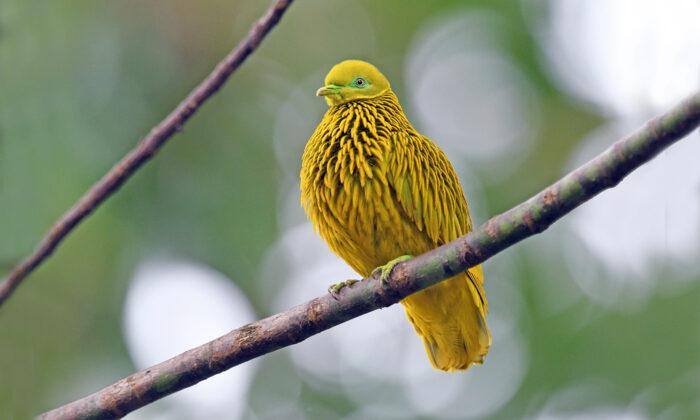The zoo, which lies east of the Australian capital of Canberra, near the New South Wales coast, found itself in the direct line of advancing fires as high winds blew toward the helpless animals. When director of the zoo Chad Staples heard about the devastating fires approaching, he and the staff at the zoo decided to make a stand and defend the animals they care for.
As the zookeepers scrambled to get everything ready for the onslaught of the fast-moving fires, Staples told ABC: “It felt like Armageddon here. It was black as midnight with tinges of red.”
Knowing that the zoo would be right in the middle of the blaze, the first task was to secure the grounds. “The plan was obviously to get rid of all potential spots where fire could take hold very early,” he explained. “We got out and we watered everything we possibly could.” After eliminating anything that would be fuel on the grounds, the next job was to get the animals to safety.
Sara Ang, of the Featherdale Wildlife Park in Sydney, affiliated with the Mogo Zoo, told BBC 5 Live, “Some of the smaller monkeys had to be moved to the house, the red panda is in the house and there’s a tiger in the back area of the house.”
Chad Staples and his team on the ground started with the more manageable animals. “Any species of animal that was small enough or in an area that we couldn’t protect, we caught up,” said Staples.
The animal lover explained that though he’s always been a friend to all creatures, this was the next level. Staples adds, “Right now in my house there’s animals of all descriptions in all the different rooms, that are there safe and protected... not a single animal lost.”
As for the larger and potentially more dangerous animals like lions, tigers, and orangutans, the zookeepers “encouraged them to the night den, kept them calm, like nothing was happening, and we were able to protect them at that site,” Staples explained. “The only animals that saw any sort of signs of stress were the giraffes and zebra, but that was more to do with the activity of keepers being all hands on deck.”
Since the first infringement during New Year’s Eve 2019, the zoo has held up remarkably well considering the pressure that it is under. “Right now, we feel like we’ve got a reprieve. Thankfully, prayers were answered and the wind changed and we were able to get on top of it,” Staples said.
Meanwhile, of course, like all Australians in the fire zones, Staples is hoping and praying for rain. He and his zoo team are planning for the worst. “Now we’re in a state of readiness and making sure that nothing flares up, that nothing comes from a different direction now that the winds have changed,” he explained.
“In the longer term, the rebuilding of populations of many native species is going to be the issue,” Dickman said. “A lot will have been undoubtedly very badly affected by these fires.”




